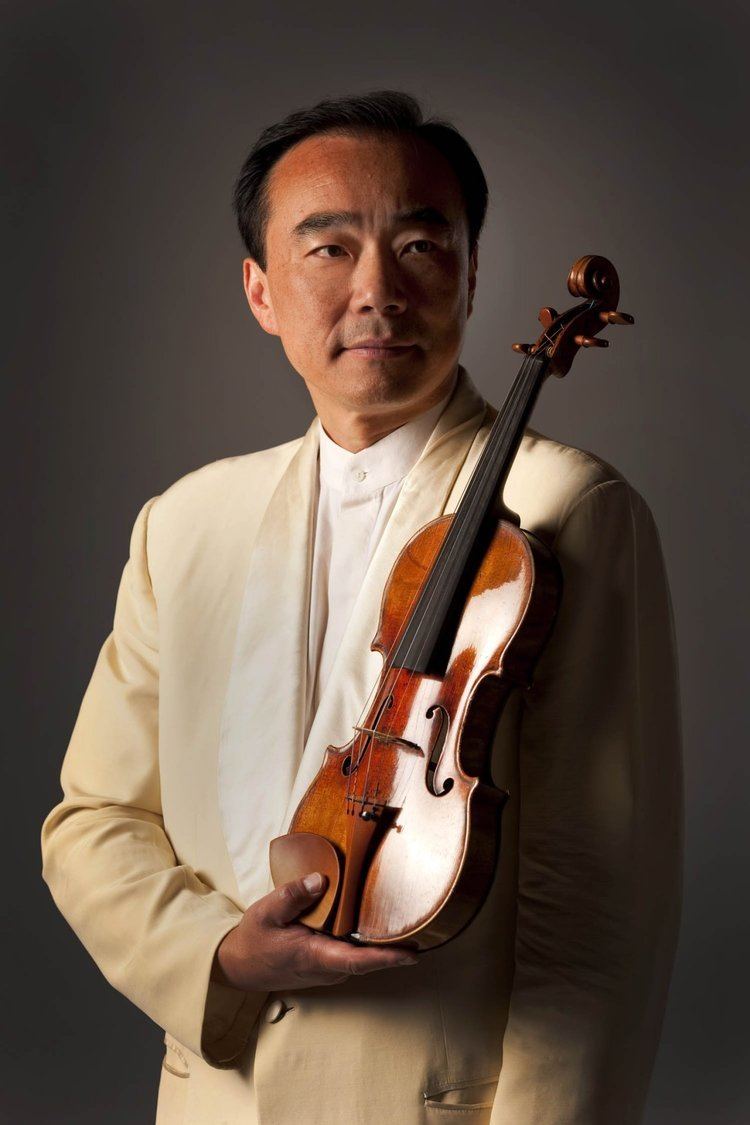5 Ways Cho Liang Lin

The concept of “5 Ways” or “Wu Xing” in Chinese philosophy is rooted in the idea that the universe is governed by five fundamental elements or phases: Wood, Fire, Earth, Metal, and Water. Each element is associated with specific characteristics, attributes, and energies that influence the world around us. In the context of Cho Liang Lin, a renowned Taiwanese artist known for his intricate and meaningful sculptures, the principle of 5 Ways can be applied to understand the depth and complexity of his work.
Wood: Growth and Expansion: Just as wood represents growth, renewal, and expansion, Cho Liang Lin’s sculptures often embody the idea of transformation and evolution. His pieces, which may incorporate natural elements like wood, convey the message of how art can grow and evolve, much like the living trees that inspire them. The element of wood in his work symbolizes the potential for continuous creation and the cyclical nature of life and art.
Fire: Passion and Energy: Fire is associated with passion, energy, and transformation. In Cho Liang Lin’s artistic journey, this element can be seen in the passion and dedication he pours into each sculpture. The process of creation, which may involve high-temperature treatments of materials or the fiery passion of the artist, transforms raw materials into works of art that convey powerful messages. His sculptures, thus, become embodiments of the energy and passion that fuels the creative process.
Earth: Stability and Harmony: Earth represents stability, balance, and harmony. Cho Liang Lin’s sculptures often reflect a deep connection with the earth and the natural world, incorporating elements like stone or soil. His work seeks to remind us of our place within the natural world and the importance of living in harmony with the earth. By balancing natural materials with the conceptual depth of his art, Cho Liang Lin achieves a harmony that resonates with viewers on a profound level.
Metal: Clarity and Precision: Metal is symbolic of clarity, precision, and strength. In the context of Cho Liang Lin’s sculptures, metal can represent the clarity of thought and the precision of technique that goes into crafting each piece. His use of metal, whether in isolation or combined with other elements, adds a layer of depth, reflecting the strength and resilience of both the material and the artist’s vision. The element of metal in his work signifies the importance of clarity and purpose in artistic expression.
Water: Flow and Adaptation: Water is associated with flow, adaptation, and change. Cho Liang Lin’s approach to sculpture, which often involves intricate designs and the blending of different materials, reflects the adaptability and fluidity of water. His work may incorporate themes of change, reflecting how life and art are in constant flux. The water element in his sculptures embodies the idea of flow and the ability to change and adapt, symbolizing the dynamic nature of art and life.
In conclusion, the principle of 5 Ways as seen through the lens of Cho Liang Lin’s sculptures offers a profound insight into the interconnectedness of art, nature, and the human experience. Each element—Wood, Fire, Earth, Metal, and Water—contributes to a rich tapestry that not only reflects the complexity of the artist’s vision but also invites viewers to contemplate their own place within the larger cosmic balance. Through his work, Cho Liang Lin reminds us of the beauty of harmony and the importance of embracing the ebbs and flows of life, much like the elements that inspire his art.
How does Cho Liang Lin's use of natural materials reflect the 5 Ways principle?
+Cho Liang Lin's incorporation of natural materials into his sculptures directly relates to the 5 Ways principle by symbolizing the elements of Wood, Earth, and Water. These materials not only reflect the artist's connection to nature but also embody the qualities associated with each element, such as growth, stability, and flow. Through his use of natural materials, Lin's work becomes a testament to the harmony and balance that the 5 Ways principle represents.
What role does passion and energy play in Cho Liang Lin's creative process, as represented by the Fire element?
+The Fire element, representing passion and energy, is crucial in Cho Liang Lin's artistic journey. It signifies the drive and dedication that fuel his creative process, transforming ideas and materials into meaningful sculptures. The passion and energy embodied by the Fire element are not just about the physical process of creating art but also about the emotional and conceptual depth that Lin brings to each piece, making his sculptures powerful expressions of human experience.
The harmony and balance that Cho Liang Lin achieves in his sculptures, as informed by the 5 Ways principle, serve as a reminder of the interconnectedness of all things and the beauty of embracing the natural world and our place within it. His work, much like the elements it reflects, continues to evolve, inspiring viewers to contemplate the deeper meanings and connections that his art embodies.